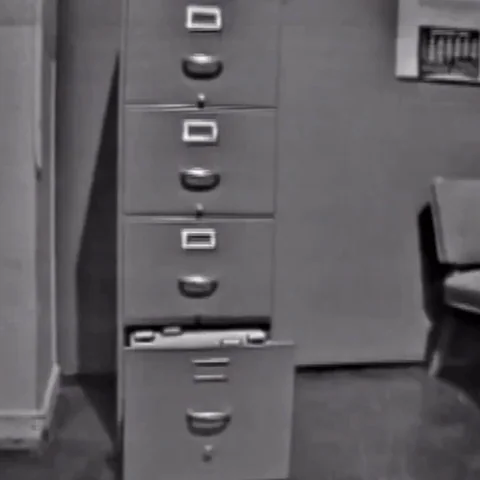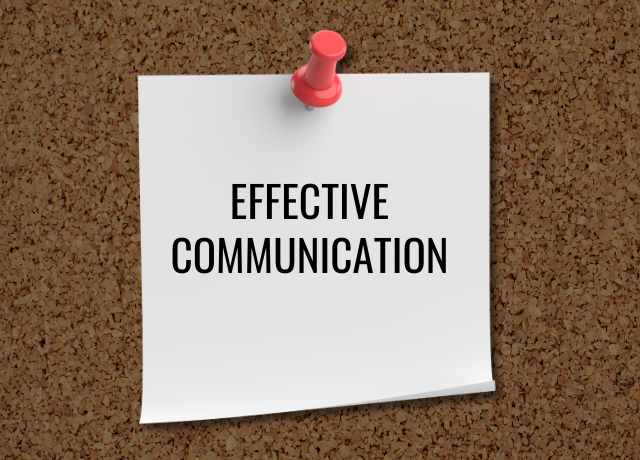How to Handle Client Disputes: A 4 Step Guide for Business Owners
Has this ever happened to you?
You’ve identified your ideal client avatar, the lead has come in, you qualify them on a call and they truly check all of the boxes. BALLER!!
They even offer to pay you entirely upfront! “Have we just hit the Holy Grail of clients?” you think to yourself.
The contract is sent, signed, and payment is received. Off you go, executing the services outlined.
Everything goes off without a hitch and the client wants to work with you again, maybe even on an ongoing basis. The first few months are going great. You’re delivering in all the ways that you outlined in the contract and the feedback you receive verbally is incredibly positive.
And then things take a turn…
Suddenly that ideal client is no longer satisfied with a service or product you provided and they want to terminate your contract. What do you do?
Step 1. Get out the emotions
Go to a private place and yell scream or say whatever adult words you need to to get it all out. Grab your journal and vent every frustration with the way they’ve handled it.

Then take a big ‘ole deep breath, walk back to your desk and let’s get down to business handling the dumpster fire this relationship seems to have become.
Step 2: Review the facts
If they sent their frustrations via email, or heaven forbid: text message, read over the reasons they’ve used for wanting to terminate the contract.
If they told you on a call, try to recall the exact words they used to describe their frustrations. The goal here is to focus on the literal descriptions they provided.
This is crucial to getting to the heart of the issue behind what is likely an emotional communication to start with.
Step 3: Look for discrepancies
Now look back at your contract and see if there are any conflicts between their reasons and the services outlined (and signed!) in the contract.

This is why it’s so important that you have contracts to begin with but also that you get Step 1 out of the way asap. To handle this very frustrating situation effectively you MUST remove emotions from the equation and go back to the black & white.
Step 4: Acceptance
If the contract and services provided align as outlined, the issue may not be your work but a change in the client’s expectations or circumstances. It’s not you, it’s them.
And unlike you, who has an expert source to turn to, not everyone communicates effectively in business.
How to Handle These Conflicts Professionally
No business owner wants a disgruntled client, especially if you believe you’ve done all things exactly as outlined in your services agreement. However, this is also part of the game of business. (#beenthere)
Sh*t happens and despite the desire to control everything, we simply cannot. This, after all, is why we have termination clauses in contracts.
What you CAN control is how you respond to that client without burning a bridge or needing to potentially tap into your crisis communication plan, which I know you have…right?! *hint hint*
Even if this client is one of your best friends, take all of your emotion out of it before responding.
Read that sentence again:
Take all of your emotions out of it.
This is business. That being said, you don’t need to be a robot. What you do need is to respond as a person and business owner, not a best friend/brother/sister/whatever you are.
Simply reply as an empathetic human doing business with another human. The more you can stick to the facts of the case, i.e. what is in writing, rather than your hurt/frustrated/annoyed emotions, the faster you will diffuse their emotions and you can come to resolution.
Just like in life, it’s all about balance. Sometimes the scales tip in our favor and sometimes they go the opposite way, but I firmly believe (and have seen time and time again) that it all evens out in the grand scheme of things.

Though this may be the end of this business relationship, it will not be the last client you ever have.
Clients are like buses: there is always another one coming down the road.
See what you can learn from the experience, reevaluate if the points they made that might be valid, where you or your team could have slipped up in some way – which should be addressed and rectified as soon as possible – and then close the door.
Take my favorite piece of post-breakup dating advice and apply it to business:
Onto the next!







